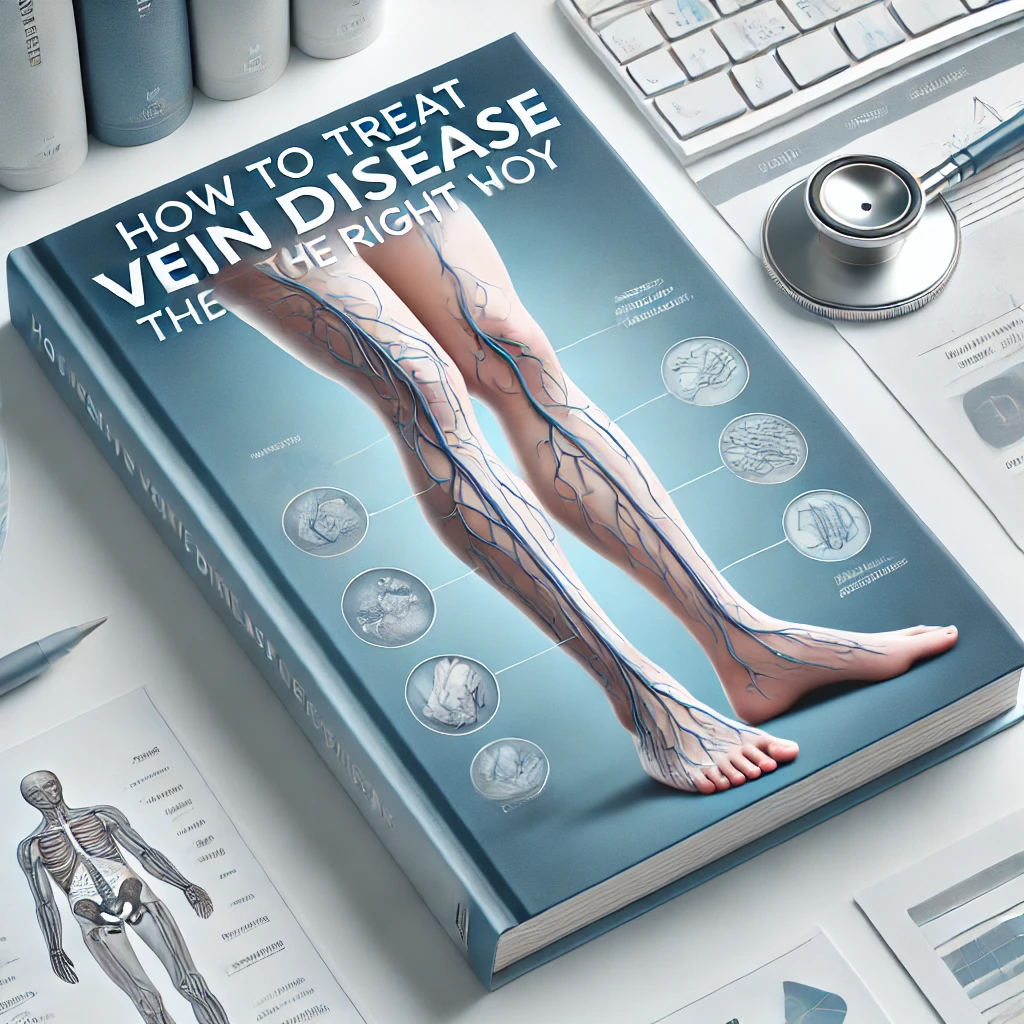Varicose Veins and Spider Veins: Why Treating the Whole Venous Circulation Matters

Introduction
As a physician who has been treating varicose veins and spider veins for nearly two decades, I’ve noticed something concerning in the vein care landscape: the majority of providers who treat vein problems seem to dabble in it.
Vein treatments are often marketed as cosmetic procedures—something you do to make your legs look better before summer. While improved appearance is certainly a benefit, that’s not the full picture.
The truth is, vein disease is a venous circulation problem, not just a cosmetic concern. And if it’s not addressed as such, the results will be incomplete and temporary.
Why Vein Disease Is Not “Just Cosmetic”
Spider veins and varicose veins are still veins—vessels that carry blood from one point in the body to another. If those veins are defective, they’re not working properly as part of the circulatory system.
To say that a problem with a spider vein is purely cosmetic would be like saying a problem with the aorta is a medical issue but a problem with an artery in your finger is cosmetic. Both are part of the vascular system; both have a function; both can cause problems if they fail.
Yet many people, and even some doctors, still treat spider veins as if they have nothing to do with circulation. This misunderstanding leads to incomplete treatment and poor long-term outcomes.
The Problem With “Partial” Vein Treatments
In my experience, many medspas and even some medical providers only treat the parts of the vein problem they can see—for example, just the visible spider veins, or just the great saphenous vein (GSV).
The issue? Vein disease is a network problem. If you only address one part of the venous system while leaving other refluxing veins untreated, you’re not fixing the root cause—you’re leaving the circulation issue in place.
This is why so many patients see their vein symptoms return: they’ve had “spot treatments” that didn’t address the full extent of the venous reflux.
My Approach: Treating the Entire Venous Return Problem
At Sheen Vein and Cosmetics, my focus is to treat all parts of the superficial venous circulation that are contributing to the problem. That means:
- Great Saphenous Vein (GSV) and Small Saphenous Vein (SSV) if reflux is present.
- All refluxing tributaries that branch from these main veins.
- All the way out to the spider veins, which are often fed by underlying reticular veins and tributaries.
By addressing the full pathway of venous return, we’re actually treating vein disease—not just erasing the surface signs.
Why I Prefer Certain Techniques Over Others
I primarily use minimally invasive treatments such as:
- Endovenous Laser Therapy (EVLT) – to close refluxing saphenous veins.
- Ultrasound-Guided Foam Sclerotherapy – to treat deeper refluxing tributaries.
- Visually Guided Sclerotherapy – to address surface reticular veins and spider veins.
I avoid Venaseal and phlebectomies for most patients because:
- They can cause unnecessary tissue damage.
- They may increase the risk of REVAS (recurrent varicose veins after surgery) in the long run.
- They can leave a foreign substance in the body that we honestly do not know whether it will be a problem down the road. Just like what we saw with autoimmune disease and silicon breast implants
My goal is always to treat effectively while minimizing trauma to the surrounding tissue.
Vein Disease Is a Chronic Condition
Another misconception I encounter is that vein treatment is a one-and-done procedure. In reality, vein disease is a chronic condition.
Even after complete treatment, the body can develop new areas of venous reflux over time. That’s why my patients are placed on long-term monitoring—to catch and treat any new problem areas early.
Cosmetic Benefits Are a Bonus—Circulatory Health Is the Goal
Many patients come to see me because they don’t like the look of their legs. And that’s fine—wanting to feel confident in your skin is a valid reason for treatment.
But what I want them to understand is this: when you treat your spider veins and varicose veins, you’re actually treating a venous circulation problem. Improving appearance is the visible result of restoring proper blood flow.
Why You Shouldn’t Go to a Medspa for Vein Treatment
I often ask patients: if you had a heart problem, would you see a spa for treatment? Of course not. You’d see a cardiologist.
Veins are part of your vascular system. Treating them requires:
- Diagnostic imaging (venous ultrasound) to map reflux.
- A targeted plan to address all diseased veins.
- An understanding of the long-term management of vein disease.
That’s why I find it concerning that so many medspas and even non-vascular-trained doctors are performing vein procedures without addressing the full scope of the problem.
The Bottom Line
After nearly 20 years of treating vein disease, I’ve learned that the best long-term results come from:
- Treating the entire venous circulation problem—from the main saphenous veins down to the smallest spider veins.
- Using minimally invasive methods that restore blood flow without unnecessary trauma.
- Recognizing vein disease as chronic, requiring ongoing monitoring.
If you have varicose veins, spider veins, or symptoms like leg swelling, heaviness, or aching, remember: you’re not just dealing with a cosmetic concern—you’re addressing a circulatory issue that deserves a comprehensive, medically sound treatment plan.
Dr. Vidal Sheen, MD, RVT, RPVI
Board-Certified in Internal Medicine and Phlebology
Nearly 20 years of dedicated vein disease treatment at Sheen Vein and Cosmetics